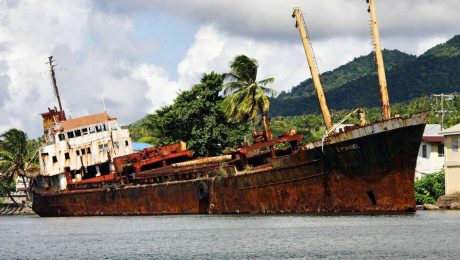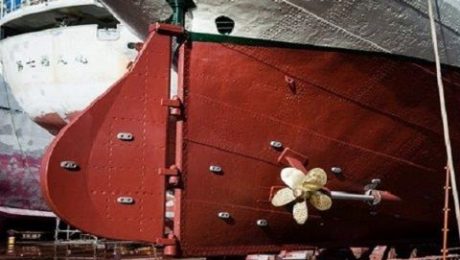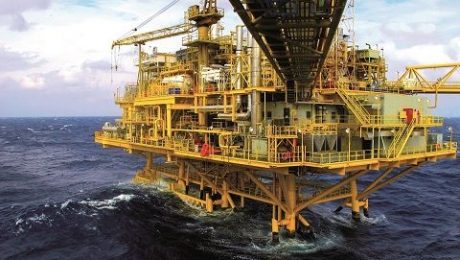Cathodic protection of the vessel with sacrificial anodes
Vessel corrosion – cathodic protection and sacrificial anodes
To achieve cathodic protection of the vessel with a sacrificial anode system, certain tools and techniques must be used. Vessels are among the structures that are most exposed to corrosion due to the environment in which they operate. Seawater is a very corrosive environment because the salt in it makes it a very good conductor of electricity and leads to the oxidation of iron by releasing many ions. Almost every part of the vessel is subject to corrosion of varying severity.
Parts of the vessel that are underwater or exposed to water, some of which are:
Exterior hull, rudder, impeller shaft, ballast tanks, ballast pipes
There are several ways to protect the hull and other parts of the vessel from corrosion. The method chosen depends on the area to be protected, its shape and environment. There are three major ways to protect against corrosion:
- Coating with anti-corrosion paints
- Cathodic protection system of sacrificial anodes
- Impressed current system
In this article, we will discuss the method of cathodic protection system of sacrificial anodes.
Classification of anodes
Anodes can be classified according to their shape, size, type of raw materials and method of installation at the protected level. Anodes can be used in small or large sizes, and this affects their weight and the overall weight of the protected structure. The size and shape of the area to be protected, availability and access to space, and structural strength considerations are factors that affect the size and weight of the anode.
Anode shape
Anodes can take many forms depending on their application. Sacrifice anodes are produced in various forms such as flat or block shaped, cylindrical or semi-cylindrical, tear anodes, bracelet anodes, disc anodes and tubular anodes.
The choice of anode shape depends on several factors. Some of these factors are:
- Shape of the protected surface,
- Availability of sufficient space to install the anode,
- Availability
- Easy installation.
For example, flat anodes are mostly used for large, flat surfaces such as the hull. In high-speed boats, where flowing water is very important, tear anodes are used because flat anodes increase the boat’s strength. Bracelet anodes are used for pipelines and impeller tentacles, while tubular anodes are used for cables. Of course, in some cases the choice depends on the availability, cost and flexibility in the design. For example, if the cost is high, cylindrical anodes can be used to protect pipelines instead of bracelets.
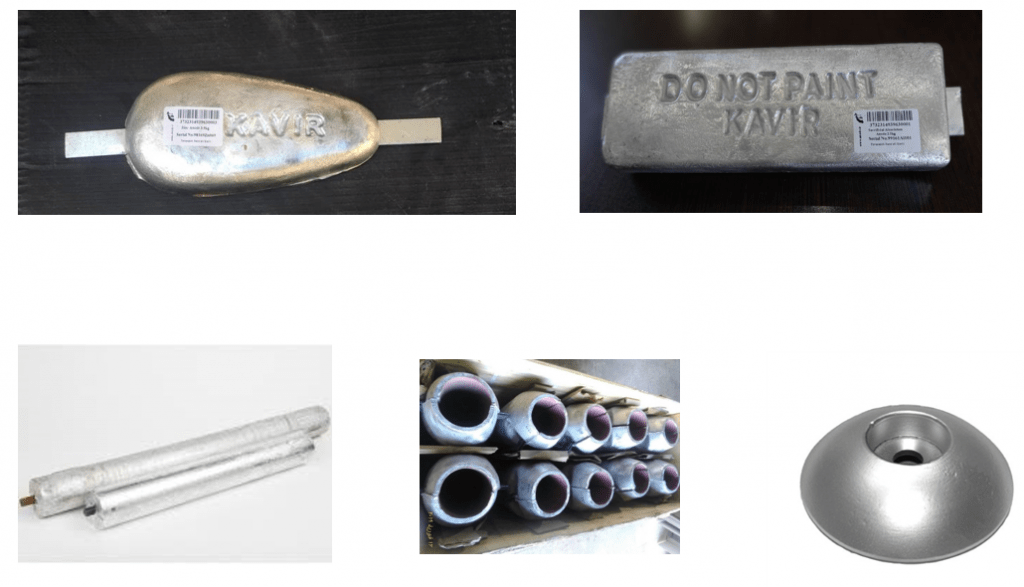
Anode type
Zinc or aluminum sacrificial anodes are commonly used for marine applications. Two features of anode performance measurement are listed below.
- Closed circuit potential indicates ease of anode corrosion. The more negative the value, the corrosion is easier.
- Electrochemical capacity (Amp-hr / kg) indicates the amount of anode material consumed.

From the table above it can be seen that aluminum has a higher closed circuit potential, so it starts working faster than zinc. It also has a higher electrochemical capacity than zinc and will last longer at the same weight.
In addition, zinc anodes in freshwater tend to form a calcareous coating on the anode surface that prevents them from working effectively. However, zinc anodes are sometimes more reliable in low-oxygen environments, such as marine sediments or areas with high bacterial activity. Therefore, while aluminum is more efficient, the use of zinc may be more effective in some cases.
Aluminum anodes can also ignite if they fall from a height on oxidized steel. Therefore, their use inside cargo tanks is not recommended. Therefore, the choice of materials depends on the type of environment in which the anode is placed and must be done carefully.
Anode installation methods
There are three basic ways to install an anode on a protected structure:
- Welded connection
- Connection by bolts
- Gutter connection
Welded connection ensures the closest and safest contact between the anode and the body, and electrical conduction through the insert is well done. But sometimes welding is not possible due to lack of access or favorable conditions. Therefore, the connection can be used with bolts or studs. In addition, it is easier to replace anodes connected with bolts than to weld.

Tavana Zob Sana’ati Kavir Company, in the field of cathodic protection of vessels with sacrificial anodes and similar tools, is able to produce sacrificial aluminum and zinc anodes in different dimensions and shapes according to the client’s request. You can contact the sales department for more information.
- Published in Articles, Educational, Scientific
Applications of sacrificial anode systems
The method of sacrificial anodes and its applications
In the sacrificial anode method, the current required to combat the corrosion of the structure is provided by another metal, which is usually made of zinc, aluminum and magnesium. Because these sacrificial anodes do not have the ability to provide high current, sacrificial anodes are used where low current is required to protect against corrosion.
Applications of sacrificial anodes include the following:
- Where the protected structure is small.
- Items that do not have access to electricity, such as offshore platforms or pipelines.
- Items where the use of electricity is dangerous, such as inside oil storage tanks.
- Where soil specificity is low. The use of sacrificial anodes in high-strength soils is not recommended due to reduced output current.
- To fix the wandering currents.
According to the above, you can get the necessary information about cathodic protection from the sales and development unit of Tavanazob Sana’ati Kavir Company regarding the applications of the sacrificial anode system, and follow other questions about the applications of the sacrificial anode system from the sales support department.
In this regard, you can receive the contact numbers of the sales and development unit from the relevant department or send questions related to cathodic protection or sacrificial anodes via e-mail.
- Published in Articles, Educational, Scientific
Cathodic protection of offshore structures
Offshore structures
Offshore structures include platforms, semi-submerged structures in water or wells, pipelines, and underwater equipment. Offshore steel structures are designed based on two criteria of strength coefficient and strength. Its strength coefficient depends on the amount of surface material that is lost during the corrosion process. Its strength is affected by pitting corrosion. Therefore, a proper and accurate design of a corrosion control system is essential.
The outer area of offshore fixed steel structures is divided into two categories according to its surroundings.
The part of the structure that is adjacent to the air and above the water surface and must be protected by a suitable coating. Another part that is under water and to protect it, a precise cathodic protection system is required.
Cathodic protection system
When the structure is inside the electrolyte (water), the potential difference between the different points of the structure causes a current to flow between these points. This current causes the part that has a more negative voltage to corrode. The principle of cathodic protection by creating a more negative potential around the structure leads to the potential of different parts of the structure being the same. Therefore, the steel structure is protected against corrosion. This current may be supplied by various sources such as transformer rectifiers or sacrificial anodes.
Cathodic protection by sacrificial anode
The sacrificial anode is usually a metal that has a more negative potential than the structure. The connection of the anode to the structure causes a current to flow inside the electrolyte from the anode to the structure. For offshore structures, the sacrificial anodes are made of aluminum or zinc. Aluminum sacrificial anode is used more than zinc sacrificial anode due to its “better current to weight ratio” feature.
Types of sacrificial aluminum anodes widely used in offshore structures
Important types of sacrificial aluminum anodes designed for offshore applications include bracelet anode, stand-off anode, and welding anode.
Core anodes are connected to the bases by means of welds or bolts before installing the structure in the sea. These anodes are generally installed on offshore jackets.
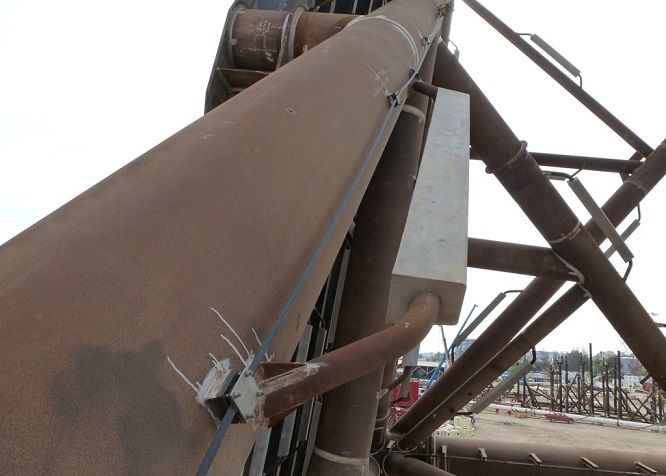
Aluminum bracelet anodes are specially designed for cathodic protection of oil and gas pipelines. These anodes are produced from alloys with high purity and very low percentage of iron and are designed with diameters appropriate to the desired pipe diameter. These anodes usually consist of two parts that are connected to each other by an internal iron belt.
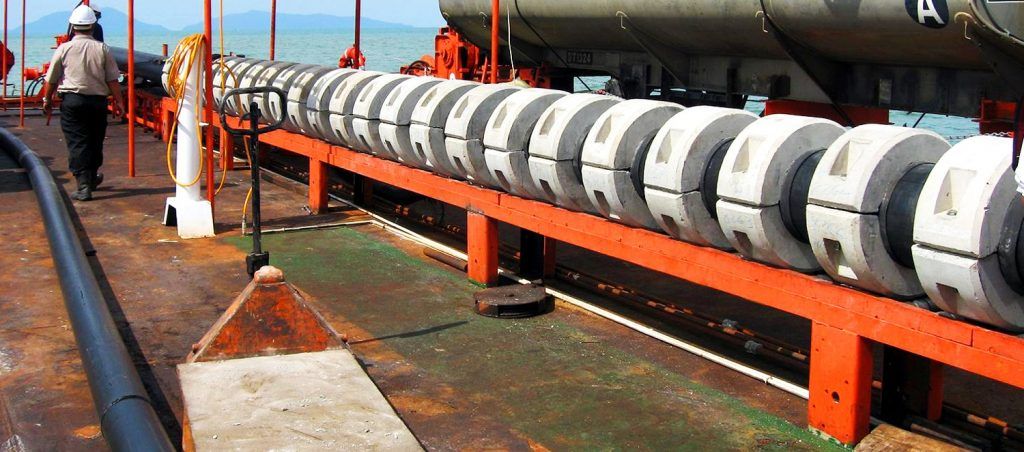
- Published in Articles, Educational, Scientific


